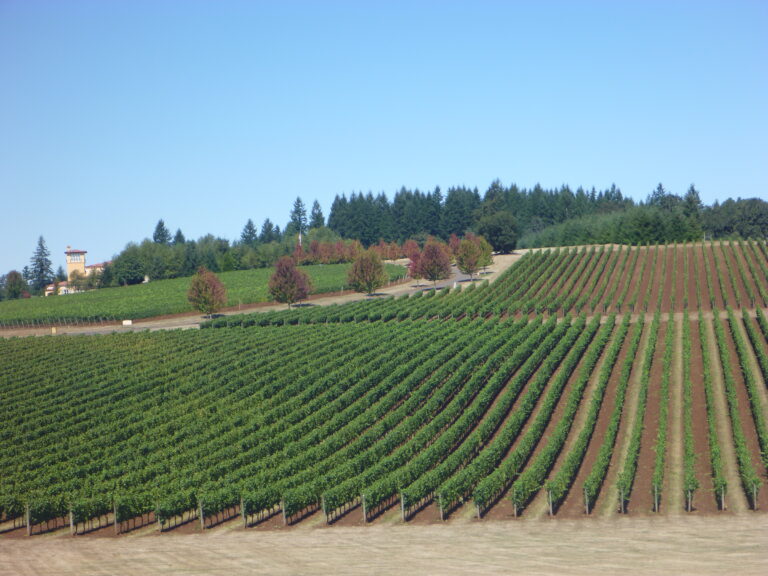Wine has always been a beverage of balance—between fruit and acidity, winemaking and terroir, indulgence and restraint. In recent years, a new balance has been trending in the wine world: low-ABV wines. Whether for health, lifestyle, or simply the desire to enjoy an extra glass without feeling weighed down, more wine drinkers are reaching for bottles with a lower alcohol content.
What Does “Low-ABV” Mean?
Most traditional wines fall between 12–15% ABV (alcohol by volume). Low-ABV wines usually land around 8–11%, offering a lighter body and fresher drinking experience. They’re not to be confused with “non-alcoholic wines” (which are dealcoholized to under 0.5% ABV), but rather wines that naturally ferment to a lower strength due to grape choice, cooler climates, or winemaking style.
Why the Popularity Now?
- Health & Wellness Trends – Many consumers are seeking moderation without giving up the pleasures of wine.
- Sessionability – A lighter wine means you can enjoy a long lunch, a picnic, or an evening with friends without overindulging.
- Food Friendliness – Lower alcohol often pairs better with delicate dishes, as it doesn’t overwhelm flavors.
Styles of Low-ABV Wines to Try
- German Riesling Kabinett – Bright, crisp, and often around 8–9% ABV, these wines balance refreshing acidity with a touch of sweetness.
- Moscato d’Asti (Italy) – Lightly sparkling, aromatic, and usually under 6% ABV—like summer in a glass.
- Vinho Verde (Portugal) – A youthful, zippy white wine, typically around 9–10% ABV.
- Beaujolais (France) – Some lighter styles of Gamay hover closer to 11%, delivering juicy red fruit and easy drinkability.
- Pet-Nat (Pétillant Naturel) – Many natural sparkling wines are intentionally bottled with lower alcohol for fresh, lively sipping.
Perfect Pairings
Low-ABV wines shine at the table. Try Riesling Kabinett with spicy Thai or Indian cuisine—the sweetness and acidity tame the heat beautifully. Moscato d’Asti is dreamy with fruit tarts, fresh berries, or soft cheeses. Vinho Verde is tailor-made for seafood and light salads, while a chilled Beaujolais is ideal with charcuterie and casual bistro fare.
Why Low-ABV Wines Matter
Drinking wine has always been about enjoyment, not excess. Low-ABV wines let you savor the craftsmanship, the terroir, and the social experience without the weight of higher alcohol. They’re playful, refreshing, and increasingly a reflection of what today’s wine drinkers are looking for: balance, moderation, and versatility.
So next time you’re stocking up for brunch, a picnic, or just a weeknight dinner, reach for a bottle of low-ABV wine. You might find that lighter really can be brighter.

